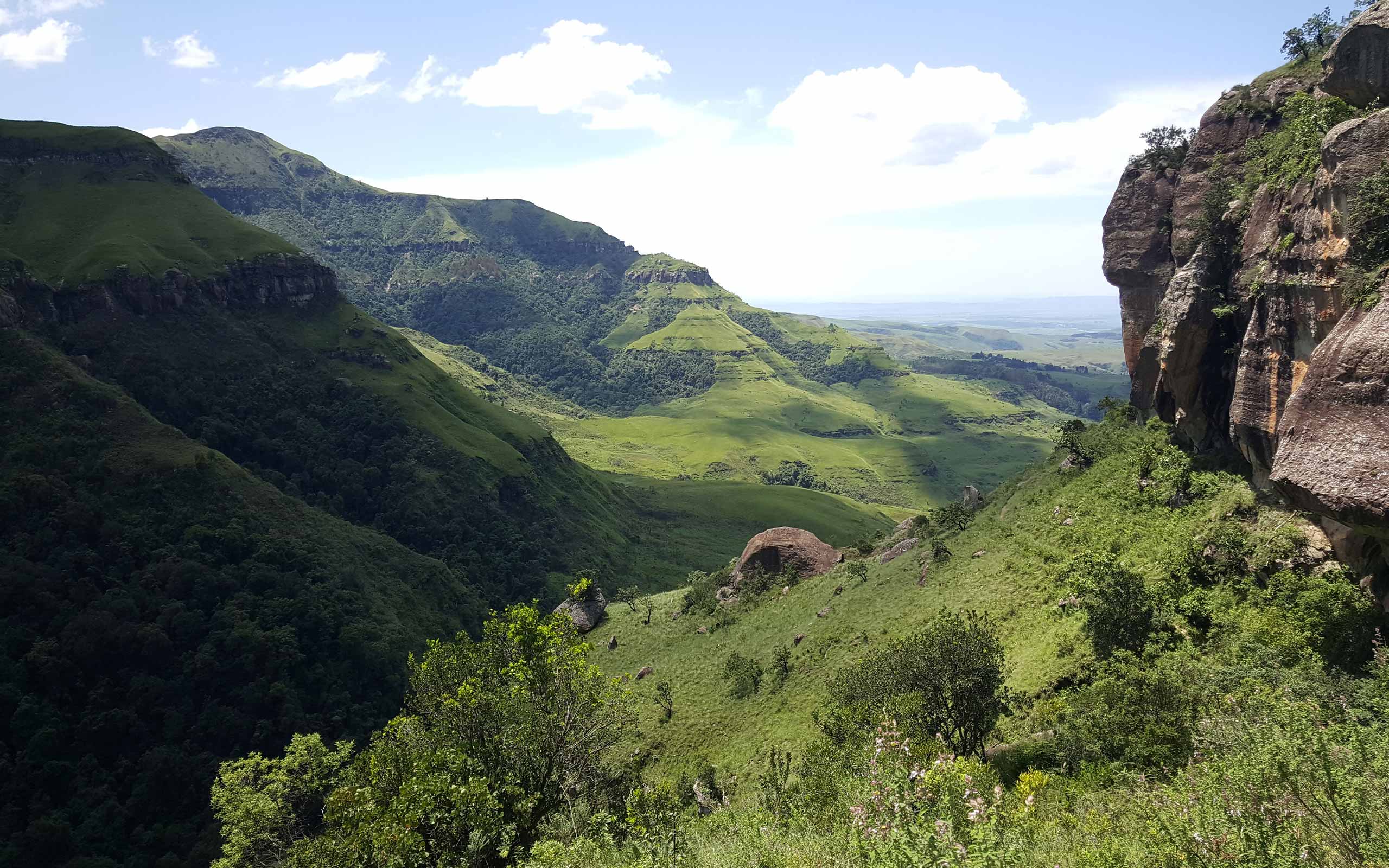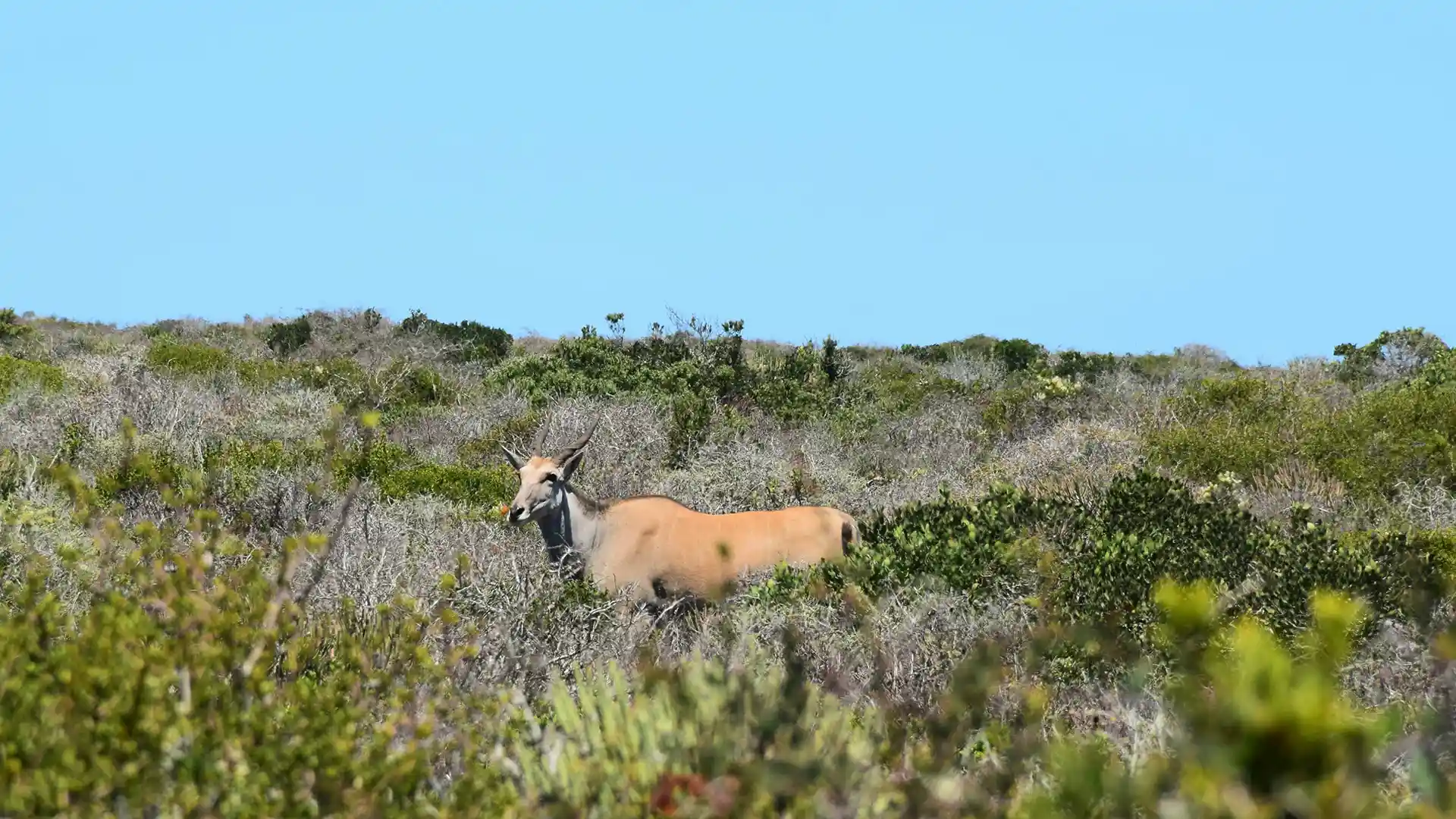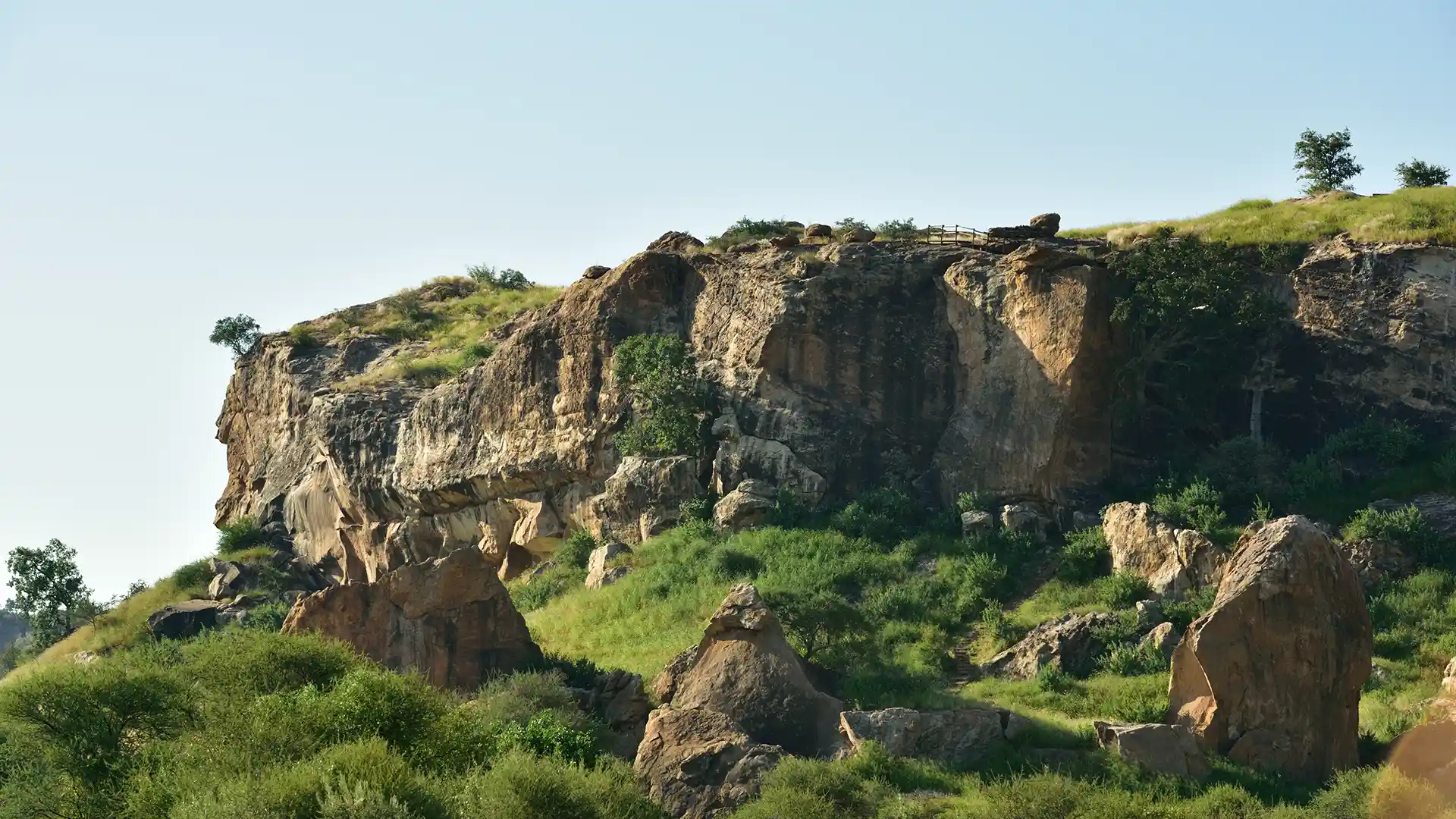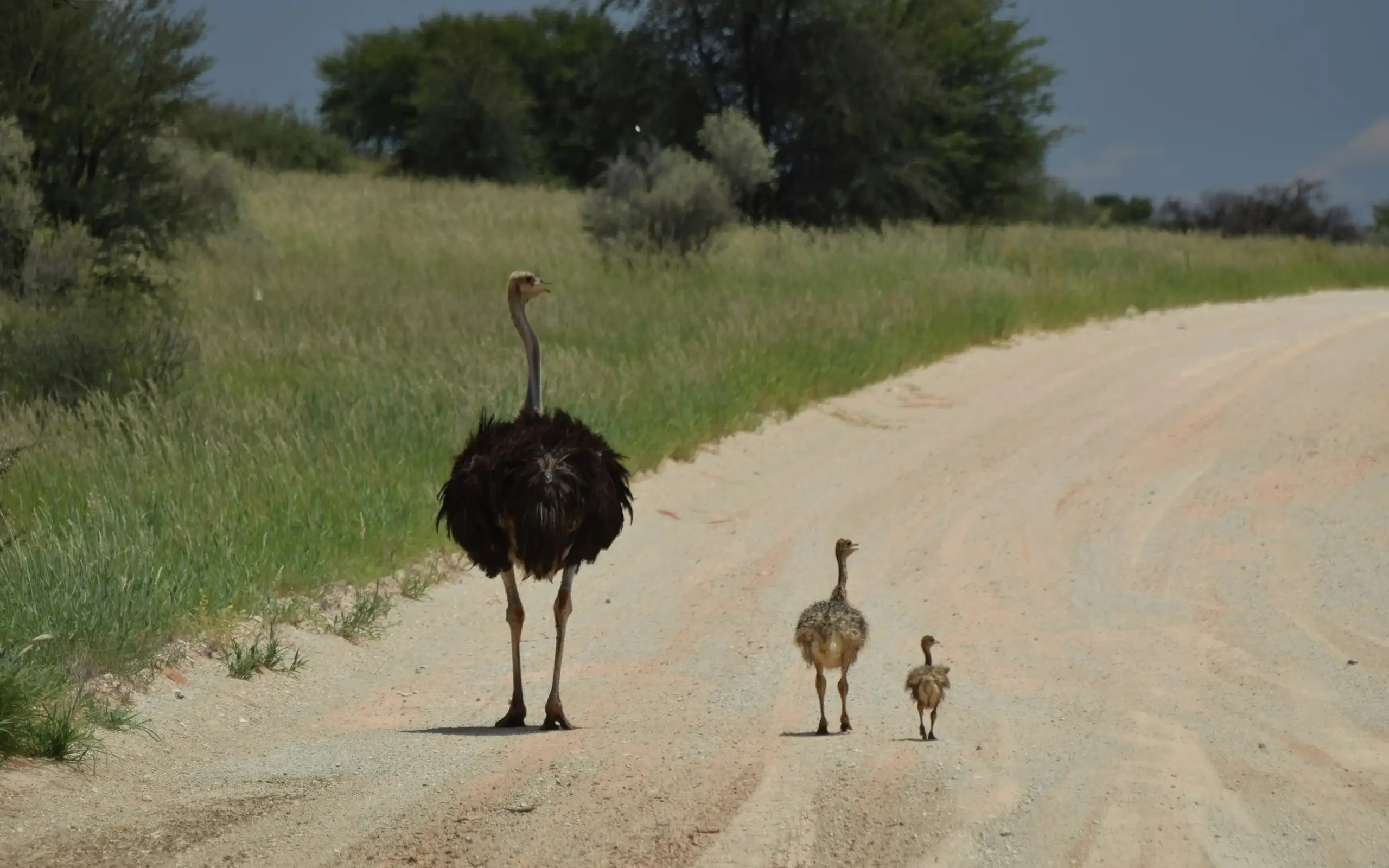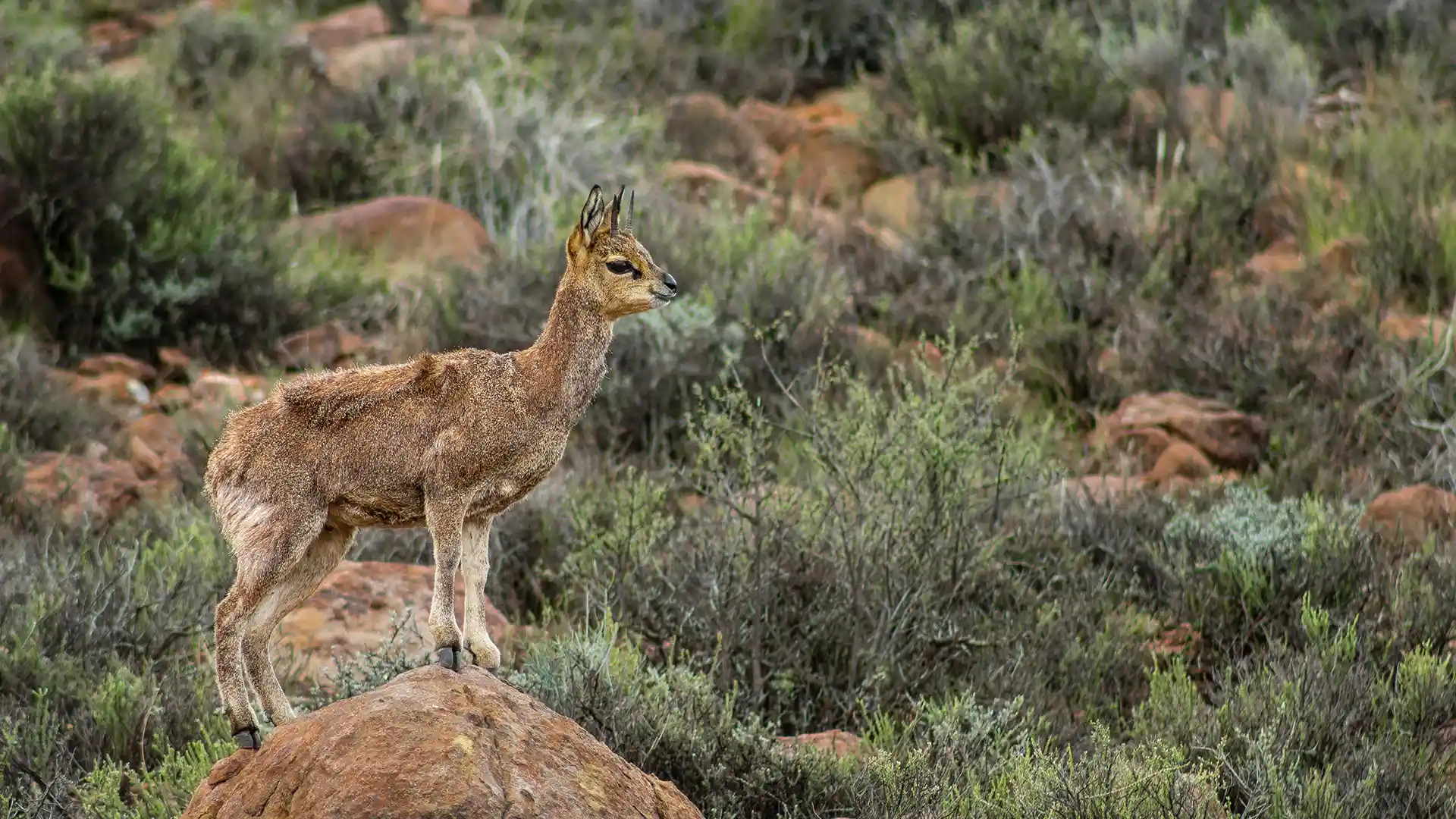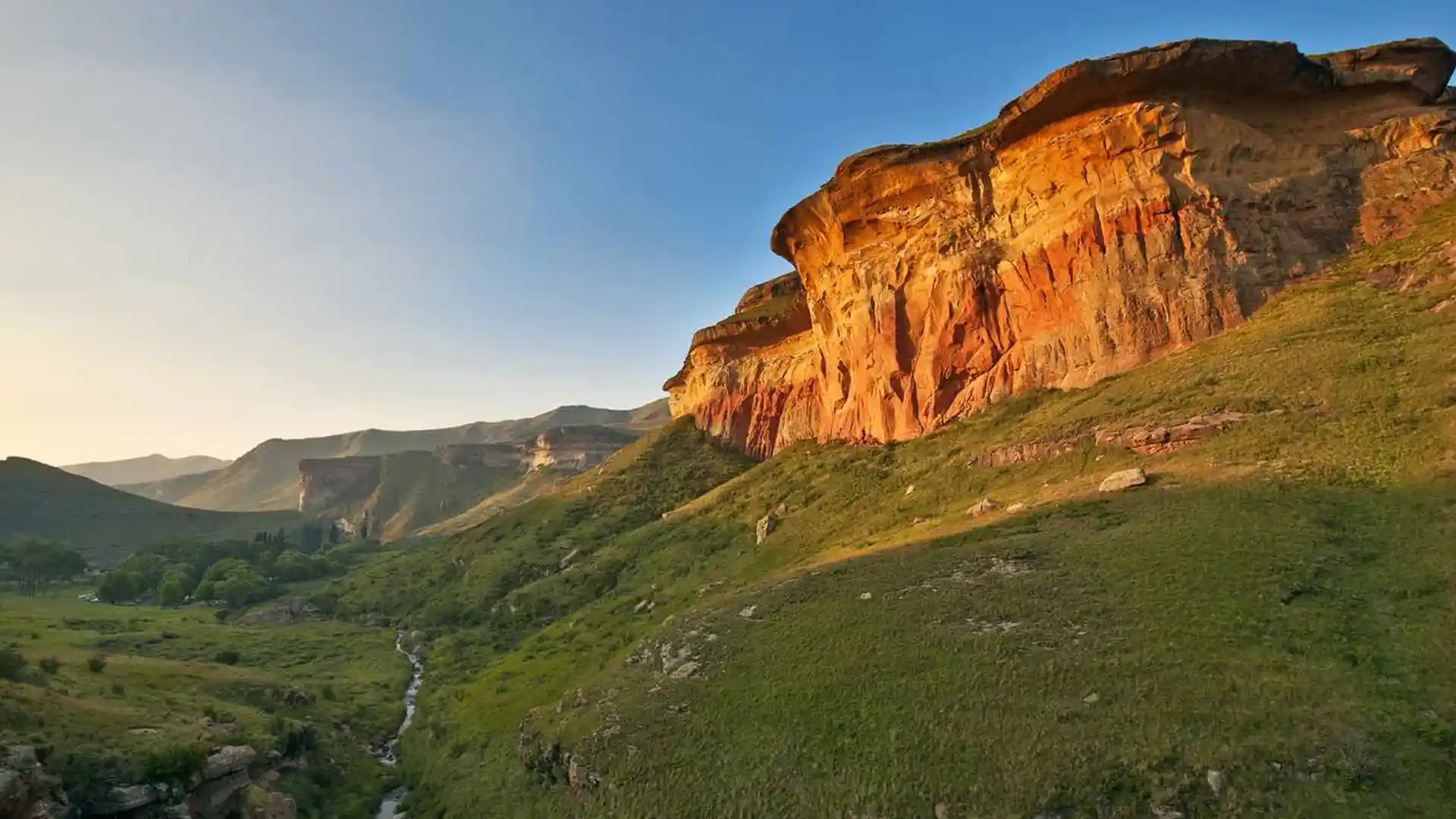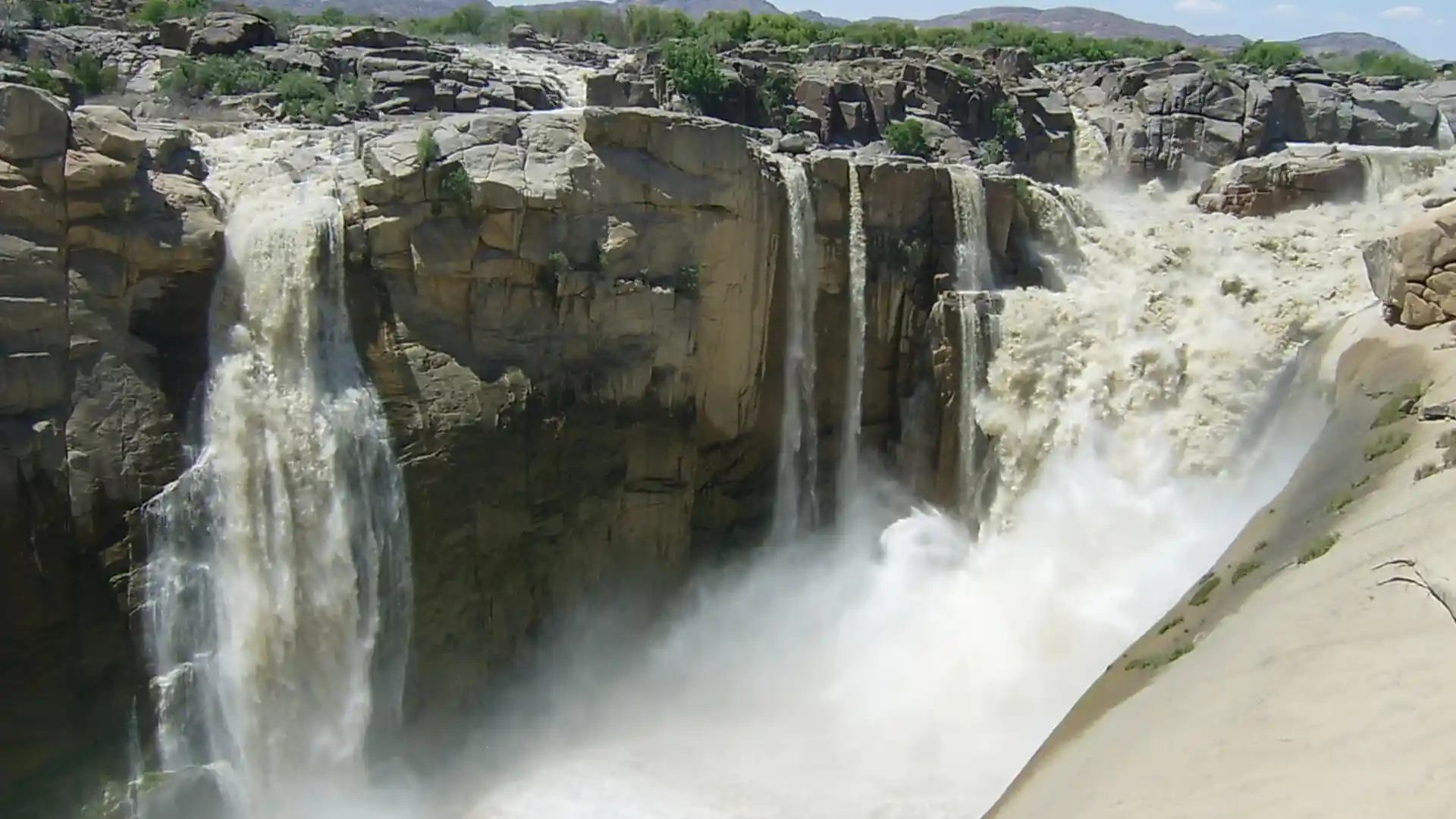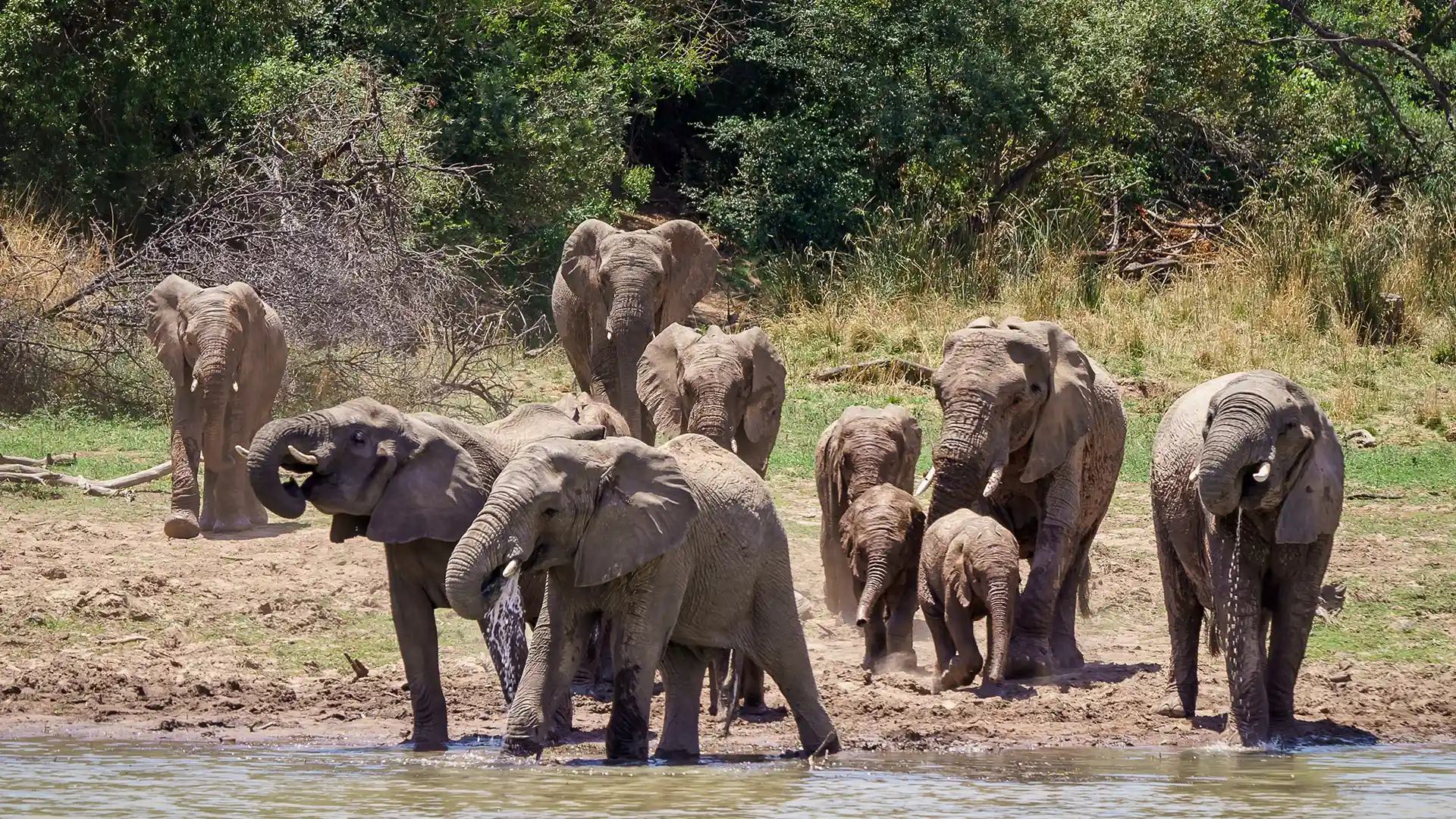Experience Breathtaking South Africa
Experience Breathtaking South Africa South Africa
About South Africa
South Africa, located at the southern tip of the African continent, is a destination renowned for its stunning landscapes, rich cultural diversity, and incredible wildlife. This diverse country offers a wide range of experiences, from the vibrant city life of Cape Town and Johannesburg to the breathtaking natural beauty of the Garden Route and Drakensberg Mountains. South Africa is home to world-famous national parks such as Kruger National Park, where visitors can embark on unforgettable safaris to see the Big Five—lion, leopard, rhinoceros, elephant, and Cape buffalo—in their natural habitat. The country’s coastline, stretching along both the Atlantic and Indian Oceans, boasts beautiful beaches and offers fantastic opportunities for surfing, diving, and whale watching. South Africa’s rich cultural heritage is reflected in its museums, traditional villages, and lively festivals, showcasing the traditions of its diverse communities. The wine regions of Stellenbosch and Franschhoek offer scenic vineyards and world-class wine tasting experiences.
South Africa, located at the southernmost tip of the African continent, has a history rich with complexity, marked by ancient civilizations, colonial conquest, and the struggle for equality. Its diverse cultural heritage and dynamic past have shaped the nation into what it is today.
The earliest inhabitants of South Africa were hunter-gatherers, ancestors of the San people, who have lived in the region for thousands of years. Later, the Khoikhoi, who were pastoralists, joined them. By the 3rd century CE, Bantu-speaking communities migrated into the region, introducing agriculture, ironworking, and more complex social structures. These groups settled across the land, establishing the foundations of several African kingdoms.
European contact began in the late 15th century when Portuguese explorer Bartolomeu Dias rounded the Cape of Good Hope in 1488. However, it was the Dutch who established the first permanent European settlement at the Cape in 1652, led by Jan van Riebeeck. The Dutch East India Company set up a supply station for ships traveling to the East Indies, which later expanded as settlers, known as Boers or Afrikaners, moved inland, displacing indigenous Khoikhoi and San communities.
In the early 19th century, the British seized control of the Cape Colony during the Napoleonic Wars, marking the beginning of significant British influence in the region. The British abolished slavery in 1834, causing economic and social upheaval. The discovery of diamonds in 1867 and gold in 1886 in South Africa led to an influx of fortune seekers and intensified British interest. This period also saw the expansion of British control and conflicts with the Boer settlers, culminating in the Anglo-Zulu War and the Anglo-Boer Wars. The latter resulted in the British annexation of the Boer republics and the formation of the Union of South Africa in 1910, a self-governing dominion of the British Empire.
The 20th century was dominated by the implementation and struggle against the system of apartheid, a policy of racial segregation and discrimination enforced by the National Party from 1948. Apartheid laws institutionalized racial divisions, stripping non-white South Africans of their rights and freedoms. The African National Congress (ANC), founded in 1912, became a leading force in the fight against apartheid. Nelson Mandela, a key figure in the ANC, was imprisoned for 27 years for his activism.
International pressure and internal resistance eventually led to the dismantling of apartheid. In 1990, President F.W. de Klerk released Nelson Mandela from prison and began negotiations to end apartheid. These efforts culminated in the first multiracial elections in 1994, in which Mandela was elected President, marking the beginning of a new era of democracy and reconciliation.
In the post-apartheid era, South Africa has made significant strides in addressing the legacies of its divided past. The country adopted a progressive constitution in 1996, aimed at promoting human rights and equality. Despite ongoing challenges such as economic disparities, political corruption, and social tensions, South Africa remains a vibrant and dynamic nation.
Today, South Africa is known for its cultural diversity, natural beauty, and resilient spirit. From the ancient rock art of the San to the bustling metropolis of Johannesburg, the country’s history is a testament to its ability to overcome adversity and forge a path toward unity and progress. South Africa’s journey from a land of ancient peoples to a beacon of modern democracy is a profound narrative of resilience, transformation, and hope.
Geography
South Africa, located at the southernmost tip of the African continent, is renowned for its diverse landscapes and rich cultural heritage. The country spans approximately 1.22 million square kilometers and shares borders with Namibia, Botswana, Zimbabwe, Mozambique, Eswatini (Swaziland), and Lesotho, which is an enclave entirely surrounded by South African territory. South Africa’s geography ranges from rolling savannahs and dramatic mountain ranges to expansive deserts and stunning coastlines along the Atlantic and Indian Oceans.
The country is divided into several distinct geographical regions. The coastal belt is characterized by fertile plains and lush vegetation, particularly in the Garden Route and the KwaZulu-Natal coastline. The interior plateau, known as the Highveld, lies at an altitude of around 1,200 to 1,800 meters and includes major urban centers such as Johannesburg and Pretoria. This region is marked by grasslands and agriculture, with vast open spaces and a temperate climate. The Great Escarpment, including the Drakensberg Mountains, forms a dramatic backdrop with peaks rising over 3,000 meters, providing opportunities for hiking, climbing, and scenic views.
In the northwest, the Kalahari Desert extends into South Africa, offering unique semi-arid landscapes and rich wildlife. The Eastern Cape features rugged coastlines, rolling hills, and significant cultural heritage sites. The Western Cape, home to the iconic Table Mountain, is known for its Mediterranean climate, vineyards, and the bustling city of Cape Town. South Africa’s biodiversity is remarkable, with numerous national parks and nature reserves, including the world-famous Kruger National Park, which hosts an abundance of wildlife, including the Big Five.
Climate
South Africa’s climate varies widely across its regions, influenced by its diverse topography and geographical location. The country experiences a range of climates, from Mediterranean along the Western Cape coast to subtropical in the northeast, and semi-arid and desert conditions in the interior.
The coastal regions, such as Cape Town, enjoy a Mediterranean climate with wet winters and dry, warm summers. Winter temperatures in the Western Cape range from 7°C to 18°C (45°F to 64°F), while summer temperatures range from 15°C to 27°C (59°F to 81°F). The Garden Route and the KwaZulu-Natal coast have a more humid subtropical climate, with hot, humid summers and mild, wet winters. Durban, for example, sees summer temperatures around 24°C to 30°C (75°F to 86°F) and winter temperatures from 11°C to 23°C (52°F to 73°F).
The Highveld, including Johannesburg and Pretoria, experiences a temperate climate with summer rainfall. Summers are warm with frequent afternoon thunderstorms, and temperatures range from 15°C to 27°C (59°F to 81°F). Winters are dry and sunny, with chilly nights and early mornings, and temperatures range from 4°C to 17°C (39°F to 63°F). The interior and northwestern regions, including the Kalahari Desert, experience extreme temperatures with very hot summers and cold winters, typical of semi-arid and desert climates.
The northeastern part of the country, encompassing the Lowveld and Kruger National Park, has a subtropical climate with hot, humid summers and mild, dry winters. Summer temperatures can exceed 30°C (86°F), while winter temperatures range from 9°C to 25°C (48°F to 77°F). Rainfall in this region occurs mainly during the summer months, contributing to the lush vegetation and thriving wildlife.
Welcome to South Africa, a land where diversity thrives in every spoken word. With 11 official languages, our linguistic tapestry paints a vivid picture of heritage and culture.
Afrikaans, the mother tongue of many in the white and coloured communities, holds roots in 17th-century Dutch dialects. Often confused with ‘Afrikan’ or ‘African,’ it stands distinct, understood by Dutch speakers and occasionally by those familiar with German.
Zulu takes center stage in KwaZulu-Natal, representing South Africa’s largest linguistic group. Its melodic tones echo through the region, adding a musical touch to our cultural narrative.
In the Western Cape and Eastern Cape, Xhosa unfurls its unique sounds, contributing to the vibrant linguistic landscape. Sotho and Venda, with their own distinct characteristics, further enrich our mosaic of languages.
English, a unifying force as one of our official languages, bridges communication across diverse linguistic backgrounds. It plays a pivotal role in connecting people and enhancing the tapestry of South African identity.
Getting In
By Car: Driving in from neighboring Southern African countries? Consider a road trip! South Africa has several land border posts for easy entry. Take the wheel and embark on a scenic road journey through this diverse region.
By Plane: Prefer flying? South Africa is a major air travel hub in Southern Africa. South African Airways (SAA) connects you globally, along with short-haul subsidiaries SA Airlink and SA Express. Enjoy convenient air travel for a swift and comfortable journey.
By Bus: Opting for bus travel? Several reputable bus services operate within South Africa and neighboring countries. It’s a cost-effective and reliable option for those seeking a budget-friendly way to explore the region.
By Train: Experience the beauty of South Africa by train. The country’s rail network provides a unique perspective of the landscape. Sit back, relax, and enjoy the scenic views as you travel through this remarkable part of Africa.
By Boat: For a different adventure, consider a boat journey. Some major cruise lines, like Princess Cruises, include Cape Town in their itineraries. Explore the coastlines and enjoy a unique perspective of South Africa by sea.
Getting Around
When it comes to moving around South Africa, options abound to suit every traveler’s taste. Let’s dive into the various modes of transportation, each offering a unique way to experience the beauty of this African gem.
By Plane: South Africa boasts a well-established domestic air network connecting all major hubs. Whether you’re hopping between cities or exploring the country’s vast landscapes, daily flights ensure convenience. For detailed information, reach out to any of the airlines making your journey smooth and swift.
By Car: For those seeking flexibility, hitting the road is a practical choice. National parks, South Africa’s hidden treasures, may lack public transport, making renting or buying a car a common and convenient choice. Take the wheel and explore at your own pace.
By Bus: Scheduled bus services offer a reliable way to connect major cities like Cape Town, Johannesburg, and Durban, with convenient stops in between. Extend your journey with connections to neighboring countries, making it an accessible and cost-effective option.
By Train: South Africa’s national rail operator, the Passenger Rail Agency (PRASA), offers budget-friendly Shosholoza Meyl services between major cities. For a touch of luxury, experience the Premier Classe between Johannesburg, Cape Town, and Durban, providing a comfortable and scenic rail journey.
By Bicycle: Immerse yourself in the local scenery with a bicycle. Cycling offers a unique perspective, allowing you to appreciate the views and connect with locals. While city cycling may pose safety concerns, Cape Town stands out as bicycle-friendly with dedicated lanes. Explore the country’s beauty along farm and dirt roads.
By Thumb: For the free-spirited adventurer, hitchhiking is a feasible option. While not uncommon, clarify your intentions to avoid confusion with local taxis. Express your quest for a complimentary ride before hopping on board, ensuring a budget-friendly and adventurous journey.
South African Rand (ZAR): Your Local Currency
When you’re in South Africa, the South African Rand (ZAR) is your main money. It’s what you’ll use for most things, like buying goodies or experiencing local treats.
International Currency Pals: US Dollar (USD) and Euro (EUR)
Think of the US Dollar (USD) and Euro (EUR) as friendly helpers to the South African Rand. In many places, they work together, making it easy for both locals and visitors to handle transactions. So, having some US Dollars or Euros can be super handy!
Practical Tips for Your Journey
As you explore South Africa, whether you’re wandering through markets, trying local bites, or experiencing the vibrant culture, your money is your tool. Each note and coin play a part in your daily adventures, making it easy to get around.
Getting Your Money: Banks and ATMs
Getting cash is a breeze in South Africa. Banks and ATMs are everywhere, especially in cities and tourist spots. So, you can easily withdraw or exchange money when you need to, adding flexibility to your journey.
Currency Wisdom for Simple Adventures
Whether you’re marveling at natural wonders, savoring local dishes, or immersing yourself in South Africa’s diverse culture, understanding the currencies is key. Let the South African Rand, US Dollar, and Euro be your money buddies, ensuring a smooth and enjoyable exploration of this vibrant and culturally rich nation.
General Knowledge Base
General information about South Africa.
The national animal of South Africa is the springbok, a type of antelope that is known for its graceful leaps.
The Drakensberg Mountains, which means “Dragon Mountains” in Afrikaans, are a popular tourist destination in South Africa.
The largest diamond ever discovered is the Cullinan Diamond, which was found in South Africa in 1905. It weighed 3,106 carats.
The Route 62 Wine Route is the longest wine route in the world, stretching over 850 kilometers through the Western Cape of South Africa.
The prison is called Robben Island and is located off the coast of Cape Town in South Africa.
Kruger National Park is one of the largest game reserves in Africa and is home to lions, elephants, leopards, rhinos, and buffalos.
The dish is called potjiekos and is a popular meal in South Africa, often served at social gatherings
The South African currency is called the South African Rand, and it is abbreviated as ZAR.

